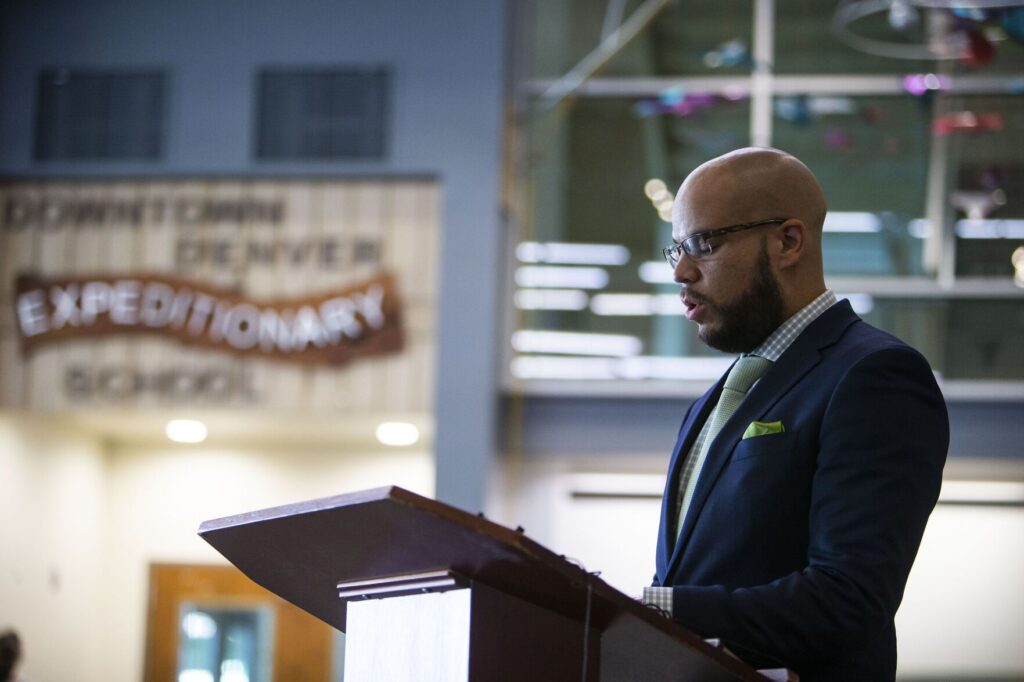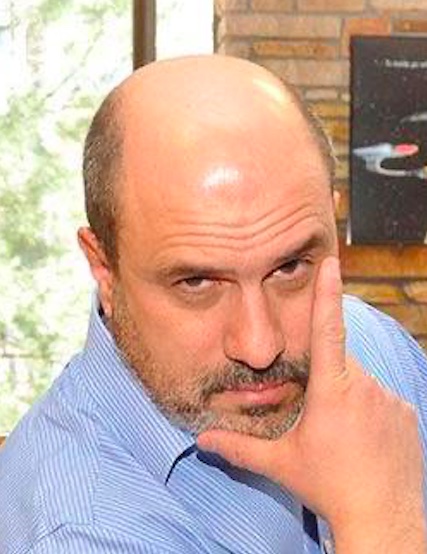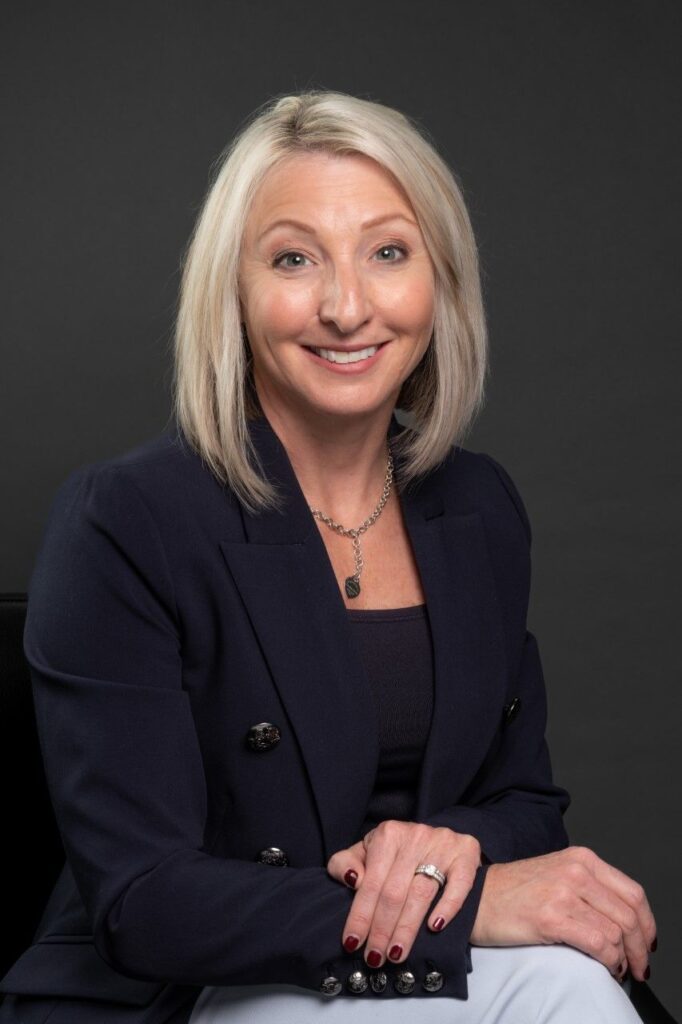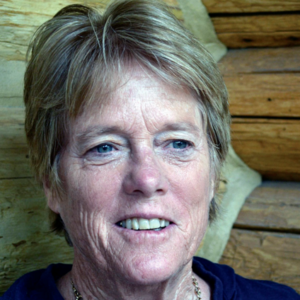CRONIN & LOEVY | ‘The reality is that both parties are fragile coalitions’


“What do they do all day?” That is what a woman interviewed recently in the media aptly asked. She was referring to the people in the U.S. Congress.
Most members of Congress spend a lot of time with their staffs doing constituent services. They also have multiple committee assignments and are expected to develop special expertise on at least certain policies, especially on issue of concern to their states and districts.
But, as everyone knows, most members of Congress now devote the equivalent of several hours a day raising money for their next election.
Even so-called “safe seat” members like Doug Lamborn in Colorado Springs and Diana DeGette from Denver face serious challenges in their own political party. President Trump’s disapproval rating hovers in the 52-53 percent range, but at least 60-70 percent disapprove of the performance of the U.S. Congress.
Politics in contemporary America is hard to explain. The U.S. economy has rarely been as strong. The stock market is soaring. Unemployment is wonderfully low. Colleges and universities are packed with students. Millions of people from elsewhere in the world want to come to the United States to study, work, and seek their version of the American Dream.
So why are so many Americans upset with their Congress, their president, and the direction the country is going? Put another way, why are so many Americans unhappy with what most of us grew up believing was a pretty darn good if not ideal political system and a pretty good lightly regulated free-market economic system?
We have no easy explanations. Yes, there is unacceptable economic inequality. Yes, there is less economic mobility than most people would like. Yes, there are environmental challenges that are being inadequately addressed. Yes, there are fears about health care costs and drug epidemics. And, sadly, America has experienced senseless and tragic hate crimes in every region of the country and an alarming murder rate in many of our large cities. Meanwhile our national government is divided, and both of our political parties have noticeable splits and strains defining them.
President Donald Trump has a coalition of supporters that news media commentators mistakenly refer to as his “base” as if it is homogeneous. It is not. Money managers on Wall Street approve of his performance just as much as National Rifle Association (NRA) and anti-abortion folks do. Trump still wins approval, even if some of it is grudging, from 80-85 percent of the Republican base that favored Ronald Reagan and the two Bush presidents. Trump’s base crosses economic class lines and is a national base, even if it is more solid in the South and working class Middle West.
Still, Trump’s GOP is divided in several ways. He may be its “bully” bully pulpit, but there are an increasing number of prominent Republicans who are displeased with his positions and his character. They include Maryland Republican Governor Larry Hogan, former Massachusetts GOP Governor Bill Weld, Maine Republican U.S. Senator Susan Collins, Alaska Republican U.S. Senator Lisa Murkowski, former Ohio Republican Governor John Kasich, and, on occasion, Utah Republican U.S. Senator Mitt Romney.
What are these dissident Republicans concerned about? They want tough sanctions on Russia. They want greater protection against other nations interfering in U.S. elections. They are more alarmed than Trump is about the rising national debt. They want more moral leadership on issues of equality and tolerance, and they want greater leadership on public policies such as infrastructure investment, lowering health costs, and higher education affordability. Most also want a strong affirmation of our allegiance with the North Atlantic Treaty Organization (NATO) and our neighboring countries. And, as constitutional conservatives, they want less reliance on expansionist executive privilege, orders and dictums and more collaboration and negotiation with Congress.
The Democratic Party has a long history of being divided. The Civil War divided it. The Vietnam War divided it. It may not be as divided as it was during those two epochal periods, yet there are some clear strains that will make it difficult for the Democrats to unite for the 2020 presidential election.
Here are just a few of the Democrats’ current divisions. Impeach Trump Now vs reasoned investigations of obstructions of justice by President Trump. Medicare For All vs. protecting the Affordable Care Act (Obama Care). Reparations for racial injustice vs. investing in promising economic development projects. Free public college tuition vs. more scholarship aide to make a college education affordable to everyone.
The Democratic Party is a loose coalition of the well-educated professional class, minorities, educators and environmental activists. But they are not rallying around a single candidate for president. In fact, there are two candidates each from Texas, California, Massachusetts, and Colorado among the 20 or so declared or semi-declared Democratic nomination aspirants.
The reality is that both parties are fragile coalitions. Leaders in both political parties lack a mandate for many of the policies they are pushing. Thus there is no mandate to build President Trump’s wall along the Mexican border just as there is no mandate to impeach him at this time. And while there is a national yearning for lower health care costs, most of those with company health plans or private insurance are not keen on ending those relationships. Democratic U.S. Senators Bernie Sanders, Elizabeth Warren, and Cory Booker seem to be championing bold redistributive income equity programs, while incremental types (or “pragmatic Progressives” as they would have it) such as former Vice President Joe Biden, U.S. Senator Amy Klobuchar, South Bend Mayor Pete Buttigieg, and former Colorado Gov. John Hickenlooper are mostly not in on a socialist-sounding Super New Deal agenda.
We have divided political parties because Americans are divided on a host of issues. We are united on some issues such as a strong defense and clean air and water. We all favor peace and prosperity and a progressive taxation system. Most of us favor a strong Bill of Rights and a vibrant three-branch system of government (president, Congress, and Supreme Court). But when it comes to policy details, we differ. Especially important to note is that there are major differences within as well as between our national political parties.
If you are the kind of person who would like tidy, clear-cut and unified political parties, plan on being thoroughly disappointed for the near future.
Tom Cronin and Bob Loevy are retired political science professors who were longtime members of the faculty at Colorado College in Colorado Springs.













